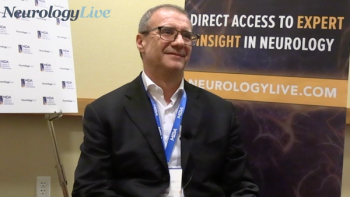
The executive medical lead at Italfarmaco SpA expressed his confidence in givinostat to mitigate the progression of Duchenne muscular dystrophy, emphasizing its multifactorial mechanism of action. [WATCH TIME: 5 minutes]

The executive medical lead at Italfarmaco SpA expressed his confidence in givinostat to mitigate the progression of Duchenne muscular dystrophy, emphasizing its multifactorial mechanism of action. [WATCH TIME: 5 minutes]
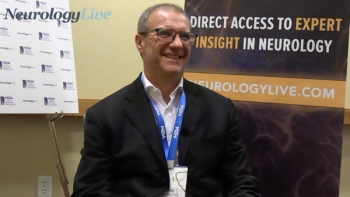
The executive medical lead at Italfarmaco SpA talked about data from both animal models and clinical trials supporting the efficacity of givinostat in patients with Duchenne muscular dystrophy at MDA 2024. [WATCH TIME: 5 minutes]
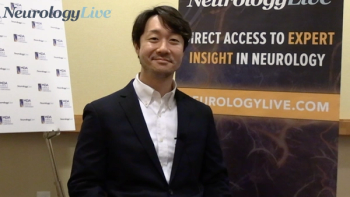
The chief executive officer at Elixirgen Therapeutics discussed the company’s mRNA as a promising therapeutic avenue for Duchenne muscular dystrophy. [WATCH TIME: 6 minutes]
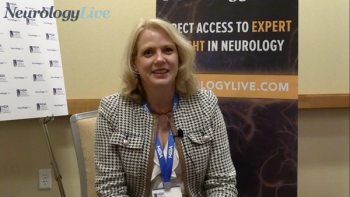
The professor of neurology at Vanderbilt University Medical Center discussed advocating for reinstating personalized resources, expanding genetic testing, and improving transitional care in muscular dystrophy. [WATCH TIME: 5 minutes]
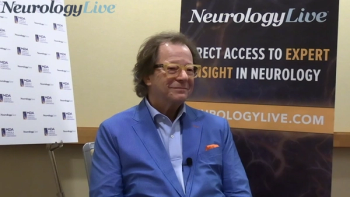
The president and chief executive officer of Satellos Bioscience provided an overview of the previously observed preclinical data supporting SAT-3247 as a potential therapy for muscular dystrophies. [WATCH TIME: 4 minutes]
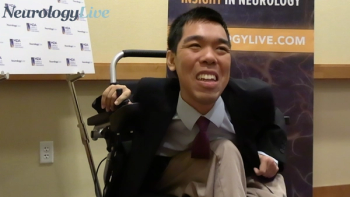
The second-year PhD student in bioinformatics at Boston University who lives with LAMA2 congenital muscular dystrophy talked about the potential impact and challenges of gene therapy in neuromuscular diseases. [WATCH TIME: 5 minutes]
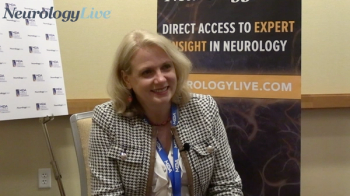
The professor of neurology at Vanderbilt University Medical Center talked about the importance of multidisciplinary care centers to improve accessibility and quality of care for patients with neuromuscular disorders. [WATCH TIME: 5 minutes]
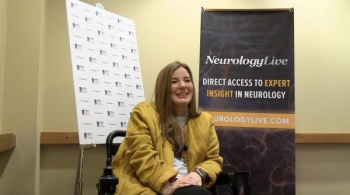
A patient advocate within the ALS community discussed the importance of incorporating patients and their voices into clinical meetings and trial design to ultimately meet treatment goals. [WATCH TIME: 4 minutes]

The chief medical officer of NMD Pharma provided perspective on a newly launched phase 2 study assessing NMD670, a first-in-class neuromuscular transmission enhancer, in patients with spinal muscular atrophy type 3. [WATCH TIME: 5 minutes]
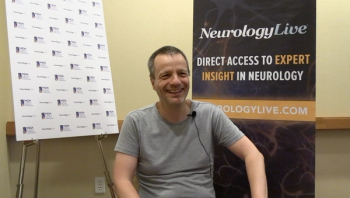
The professor of pediatric neuromuscular diseases at the University of Oxford provided commentary on the commonly used scales to assess neuromuscular function and where inconsistencies have been observed. [WATCH TIME: 7 minutes]

The chief executive officer at Elixirgen Therapeutics provided commentary on the promise of the Bobcat mRNA, and the mechanism of action for mRNA-like therapies to treat Duchenne muscular dystrophy.

The president and chief executive officer of Satellos Bioscience provided insight on a new small molecule therapy, SAT-3247, in development for patients with muscular dystrophies. [WATCH TIME: 3 minutes]

Over 61.1 patient-years of treatment experience, AOC 1001 was well tolerated in patients with DM1, with nausea and headache the most commonly reported adverse events.

Comprised of more than 400 patients with SMA, results showed that wanting to be treated with all possible DMTs was the most common reason for combination therapy.

Amanda Peltier, MD, a professor of neurology at Vanderbilt University Medical Center, spoke on current care needs for adults with neuromuscular disorders and the realistic ways to enhance clinical care going forward.
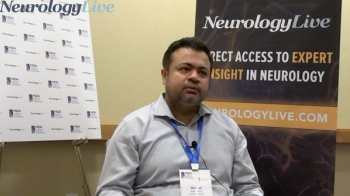
The instructor in the department of cell biology at Emory University provided context on a presentation at MDA 2024 regarding mutations in Kif5a in familial forms of amyotrophic lateral sclerosis. [WATCH TIME: 4 minutes]
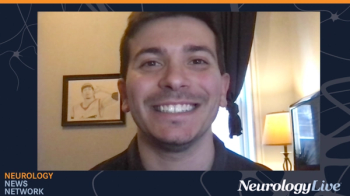
Neurology News Network for the week ending March 9, 2024. [WATCH TIME: 3 minutes]

The real-world, 3-year study is expected to include 30 males with SMA on risdiplam, an SMN2 splicing modifier, to assess fertility-related outcomes.

Findings from the recent phase 3b SMART trial affirm the safety and efficacy of intravenous onasemnogene abeparvovec (Zolgensma; Novartis) in spinal muscular atrophy when patient weights range from 8.5 kg to 21 kg.

A recent study presented at MDA 2024 highlighted the evolving respiratory patterns in pediatric patients with Duchenne muscular dystrophy, offering crucial insights for effective respiratory management in this patient population.

A recent analysis of data from the US National Registry presented at MDA 2024 revealed gender disparities in pediatric-onset facioscapulohumeral muscular dystrophy, with girls experiencing more severe outcomes.

The professor of pediatric neuromuscular diseases at the University of Oxford provided insight on a study presented at MDA 2024 assessing the use of a magneto-inertial sensor in ambulant children with Duchenne muscular dystrophy. [WATCH TIME: 4 minutes]

A case series presented at the MDA 2024 revealed that ravulizumab infusion intervals show promise in stabilizing symptoms and reducing exacerbations in patients with generalized myasthenia gravis.

At MDA 2024, Brooke Eby shared her perspective as a patient with ALS and the ways to incorporate business approaches to improving clinical care and increasing enrollment for drug trials. [WATCH TIME: 5 minutes]

A recent study presented at MDA 2024 suggests that preoperative use of disease-modifying agents for patients with spinal muscular atrophy leads to less severe postoperative complications following scoliosis surgery.

The chief medical officer of NMD Pharma shed light on a newly announced phase 2 study assessing NMD670, a neuromuscular transmission enhancer, for patients with spinal muscular atrophy. [WATCH TIME: 4 minutes]

In a recent phase 2 trial analysis of viltolarsen presented at MDA 2024, findings showed improvement in forced vital capacity compared with standard care in patients with Duchenne muscular dystrophy.

A new meta analysis of 3 studies presented at MDA 2024 revealed that ataluren significantly slowed the decline in muscle function for patients with nonsense mutation Duchenne muscular dystrophy.

A recent post hoc analysis of the phase 3 EPIDYS trial presented at MDA 2024 revealed significant positive outcomes with givinostat, a histone deacetylase inhibitor, among patients with Duchenne muscular dystrophy.
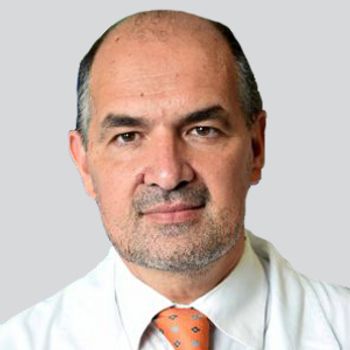
Median time to loss of ambulation for golodirsen-treated patients was 1968 days vs 1092 days for external control patients.